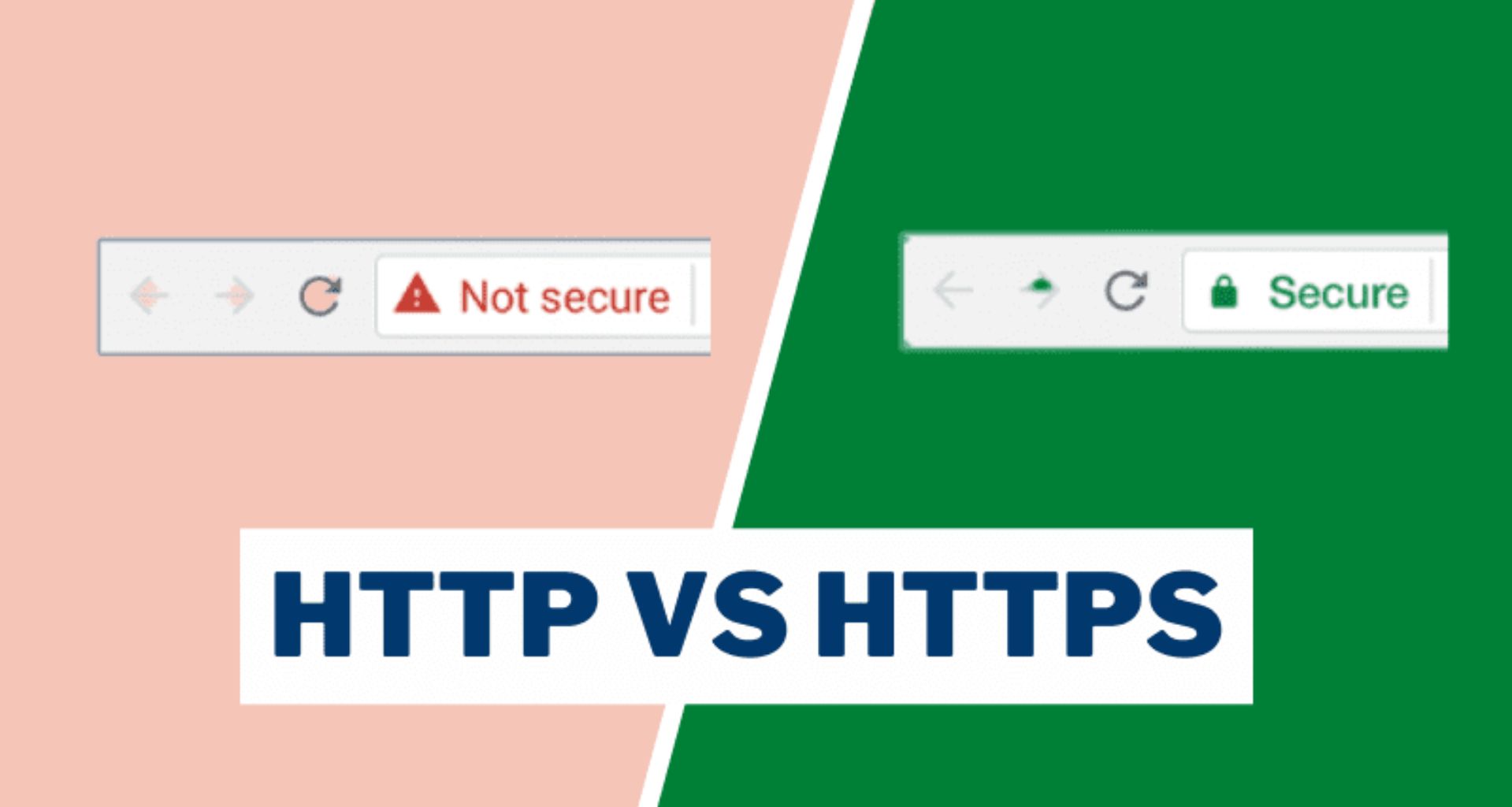In the dynamic realm of the internet, where information flows at the speed of light and cyber threats lurk around every digital corner, the choice between HTTP (Hypertext Transfer Protocol) and HTTPS (Hypertext Transfer Protocol Secure) plays a pivotal role in shaping online experiences. Both protocols facilitate communication between web browsers and servers, but their approach to security sets them apart. In this article, we delve into the world of HTTP and HTTPS, exploring their differences, importance, and the evolving landscape of web security.
The Basics of HTTP
HTTP, the foundation of data communication on the World Wide Web, has been a stalwart presence since the early days of the internet. It operates on a client-server model, where a user’s web browser acts as the client, requesting resources, and the server responds by delivering the requested data. However, the Achilles’ heel of HTTP lies in its lack of encryption, making data vulnerable to interception during transmission.
The Rise of HTTPS
In response to growing concerns about data security, HTTPS emerged as a fortified version of HTTP. The ‘S’ in HTTPS stands for ‘Secure,’ and this protocol employs the secure sockets layer (SSL) or transport layer security (TLS) encryption protocols to safeguard data during transit. The integration of encryption ensures that sensitive information, such as login credentials and financial transactions, remains confidential and immune to eavesdropping.
Encryption Unveiled
The encryption employed by HTTPS involves the use of cryptographic keys to encode and decode data, creating a secure tunnel for information exchange. This process thwarts malicious actors attempting to intercept or tamper with the transmitted data. As a result, HTTPS has become the preferred choice for websites that handle sensitive information, ranging from e-commerce platforms to online banking portals.
Trust and Authentication
One of the hallmarks of HTTPS is its ability to provide a layer of trust and authentication. Websites using HTTPS are equipped with digital certificates, which are issued by trusted entities known as certificate authorities (CAs). These certificates validate the legitimacy of the website, assuring users that they are interacting with the intended site and not a fraudulent imposter. This trust element is particularly crucial in an era where phishing attacks and online fraud are rampant.
SEO Implications
Beyond security considerations, the choice between HTTP and HTTPS can impact a website’s search engine optimization (SEO). Search engines, such as Google, have incorporated HTTPS as a ranking factor. Websites using HTTPS may receive a slight boost in search engine rankings, reflecting a broader industry push towards a more secure and privacy-centric internet.
Browser Warnings and User Experience
In recent years, major web browsers have taken a proactive stance in promoting online security. Browsers like Google Chrome have implemented features that mark HTTP websites as ‘Not Secure,’ warning users about potential risks. This move aims to encourage website owners to adopt HTTPS and, in turn, enhance the overall security of the internet. The user experience is thus intricately linked to the security measures employed by websites.
The Transition to a Secure Web
As the internet landscape evolves, there is a discernible trend towards a more secure web environment. Governments, organizations, and individuals are increasingly recognizing the importance of safeguarding online interactions. The adoption of HTTPS is not just a best practice; it is becoming a standard expectation for websites seeking to establish credibility and protect user data.
Challenges in HTTPS Adoption
While the benefits of HTTPS are clear, the transition from HTTP to HTTPS is not without challenges. Some website owners may be deterred by the cost and complexity of obtaining SSL/TLS certificates. However, the advent of free SSL/TLS certificates, such as Let’s Encrypt, has significantly lowered the barriers to entry. Additionally, the process of migrating an existing website from HTTP to HTTPS requires careful planning to avoid disruptions and maintain SEO rankings.
Future Directions in Web Security
Looking ahead, the landscape of web security continues to evolve. Emerging technologies, such as the adoption of HTTP/3 and QUIC protocols, aim to enhance the speed and efficiency of web communication while maintaining robust security measures. The concept of a more secure internet is not static; it is a dynamic force that adapts to emerging threats and technological advancements.
In the ongoing saga of HTTP vs. HTTPS, the latter emerges as a clear champion in the quest for a secure and trustworthy online experience. The encryption, trust, and authentication provided by HTTPS have become integral components of the modern internet. As users, developers, and policymakers navigate the ever-changing terrain of web security, the adoption of HTTPS stands as a beacon guiding us towards a safer, more resilient digital future. In the end, the choice between HTTP and HTTPS transcends mere protocol preferences; it shapes the very foundation of a secure and interconnected cyberspace.
FAQs (Frequently Asked Questions)
While HTTP is still in use, it’s highly recommended to transition to HTTPS for a more secure online experience.
HTTPS uses encryption algorithms to secure data, preventing unauthorized access and tampering during transmission.
While HTTPS may introduce a slight overhead due to encryption, the impact on website speed is minimal, and the security benefits outweigh this concern.
Yes, HTTPS is essential for all websites, regardless of size, as it ensures data security and builds trust among users.
Obtaining an SSL certificate involves selecting a trusted certificate authority, purchasing a certificate, and following the installation instructions provided.
While HTTPS enhances security, it’s not a panacea. Users should still practice good cybersecurity habits to mitigate potential threats.












